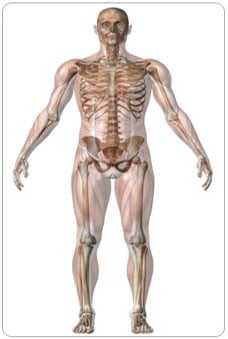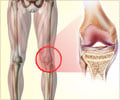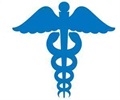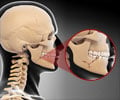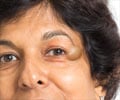Types of Fibrous Dysplasia of the Bone
In monostotic fibrous dysplasia there is single bone involvement, while multiple bones are affected in polyostotic fibrous dysplasia.
Fibrous dysplasia of the bone is divided into two types -
- Monostotic fibrous dysplasia
- Polyostotic fibrous dysplasia
Monostotic fibrous dysplasia -
In monostotic type of fibrous dysplasia, only one bone is involved, and hence the prognosis of monostotic fibrous dysplasia is definitely better.
This condition affects mostly people in the age group of 10-30 years. It involves excessive growth of hard fibrous tissue that replaces normal bone tissue in a single bone. Approximately 70-80% of FD cases are monostotic, occurring most frequently in the rib (28%), femur or thigh bone (23%), tibia or leg bone, craniofacial bones (10-25%), and humerus or arm bone. With monostotic disease, patients as old as 20 or 30 years are asymptomatic.
Polyostotic fibrous dysplasia -
In polyostotic type of fibrous dysplasia, more than one bone or a group of bones is involved, and the prognosis is poorer.
This condition affects a number of bones in the body, mostly the long bones. About 20-30% of FD cases are polyostotic. Two thirds of patients exhibit symptoms before the age of 10years. Polyostotic FD frequently involves the thigh and leg bones, skull and facial bones, pelvis, spine, and shoulder girdle. The sites of involvement are the femur (91%), tibia (81%), pelvis (78%), ribs, skull and facial bones (50%), upper extremities, lumbar spine, clavicle or collar bone, and cervical spine, in decreasing order of frequency.

